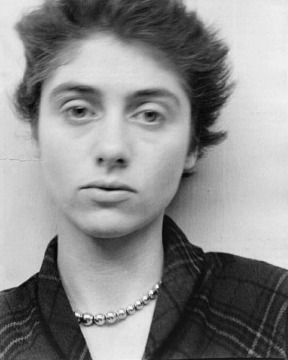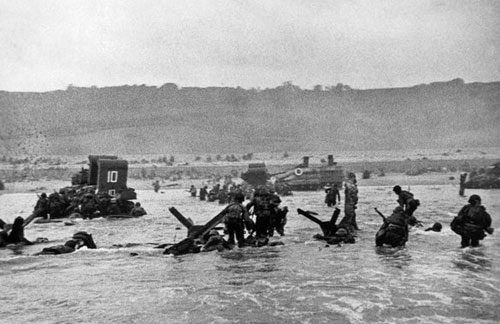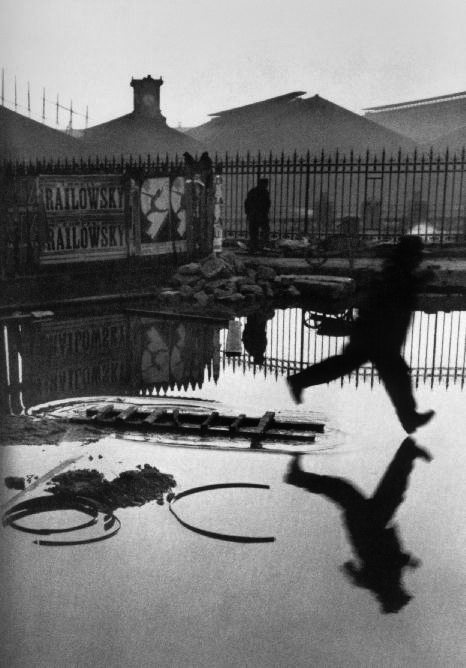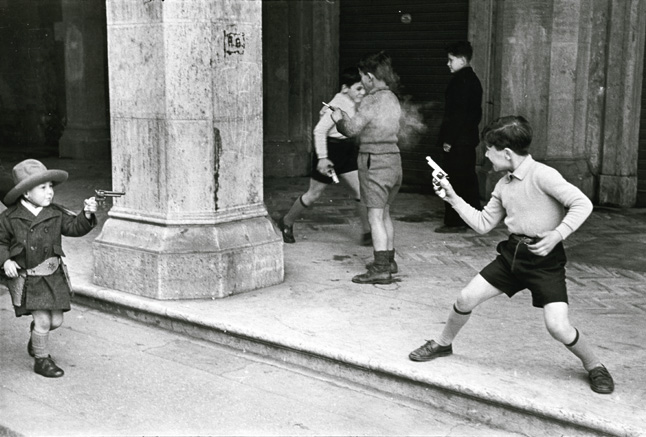Ricard P L3 photo
Monday 9 June 2014
Monday 18 November 2013
Fashion Photography
 |
| Virginia Oldoini, Countess di Castiglione. Photographed by Adolphe Braun, c1860. |
In 1911, a publisher of Jardin des Modes and La Gazette du Bon Ton, Lucien Vogel induces Edward Steichen to use photography to promote fashion as a fine art. Steichen then decided to photograph gowns that were designed by Couturier Paul Poiret, which appeared in a magazine called Art et Decoration.
 |
| [1] Scarlett Johansson 'Vogue' Cover |
The photo shoot done by Edward Steinchen might be considered to be one of the first modern fashion photography; but where is the line that separates portrait from fashion photograph, and whether early fashion photographs done by Adophe Braun were more of a portraiture rather than a fashion photography. A photographer taking portraits aims to capture individual's facial features and emotion to showcase subject's personality and physical appearance. In fashion photography the individual, known as the model, is merely a live mannequin who is dressed in various clothing, designed by couturiers, to showcase them to the public. However, on the covers of fashion magazines such as 'Vogue', 'Glamour', 'Harper's Bazaar' fashion photography and portraiture blend in; where the individual just as important as clothing.
 |
| Adriana Lima 'Vogue' Cover |
 |
| Adriana Lima with Basic Every-Day Makeup |
The look, of the model, that can be achieved with makeup and minor digital enhancing, which does not involve changing body shape, is acceptable; it is a fashion after all. Most of the models do not require major changes to their body. For instance, Victoria's Secret models are must stay in shape to meet the requirements, which are being asked of them, with some exceptions.
Sunday 17 November 2013
PORTRAITURE
Evolution of Portraiture
The portraits have existed for a very long time; it can be tracked to as early as Ancient Egypt, where portraits were painted on walls, that portrayed gods and pharaohs.Ancient Greeks and Romans have used sculpted form of portraits. They, as well as Ancient Egyptians, used portraits to display gods and key power personalities such as Caesars. They were also one of the first who started to depict portraits on coins; the tradition that carried over to our generation. Romans were also making busts, instead of a full sculpture, to concentrate mostly on facial features of a key personality. Portraits have been used not only to portray facial and physical appearance but to state power and status of a personality being portrayed.
During Renaissance portraits were mainly done to display royals, nobles and religious figures. The aim was to display personality and status of the sitter; where the sitter had control over the portrait, and was able to request changes of how the portrait looks.
The invention of a camera has changed the way the portraits are made. The control over portrait has shifted from the sitter to the portrait photographer; it means that the photographers have the freedom of taking portrait photographs in their own way and capturing what they wanted it to portray.
Diane Arbus
Diane Arbus was an American photographer, who captured 1950s -1960s America.
Diane began to take photographs in the early 1940s with her husband Allan, who introduced her to the photography. They were commercial advertising photographers, and had a business called "Diane & Allan Arbus". The photographs that they have done were published in the top magazines at that time, including Vogue, Glamour and Harper's Bazaar.
Despite all the success in the fashion world, Diane did not like it, and in the mid 1950s started to focus on her own photography. After Lisette Model's photography workshop, that gave her the inspiration to create her own style and method of taking the photographs.
Diane only took portraits of various individuals, with rare exceptions. Her desire was to capture authenticity. Arbus never asked her subjects to take and hold a specific pose, as fashion photographers do, she said, ”I work from awkwardness. By that I mean I don’t like to arrange things . . . If I stand in front of something, instead of arranging it, I arrange myself.”.
In late 1969, Diane was hired by Matthaei family to photograph them. She had a free rein over the family and the house, as well as a full control of what the photographs will portray. 322 photographs of the family , that Diane took, provide a good insight of her photographic strategies and intentions; especially the photographs of Marcella Matthaei. Arbus did not ask Marcella to smile or make any facial expression on purpose, instead Diane let Marcella to be herself, while Arbus arranged herself around Marcella and shot portraits of her. She captured what she was after, and not what the family would have wanted or expected her to capture.
In late 1969, Diane was hired by Matthaei family to photograph them. She had a free rein over the family and the house, as well as a full control of what the photographs will portray. 322 photographs of the family , that Diane took, provide a good insight of her photographic strategies and intentions; especially the photographs of Marcella Matthaei. Arbus did not ask Marcella to smile or make any facial expression on purpose, instead Diane let Marcella to be herself, while Arbus arranged herself around Marcella and shot portraits of her. She captured what she was after, and not what the family would have wanted or expected her to capture.
 |
| Marcella Matthaei photographed by Diane Arbus |
Wednesday 30 October 2013
PHOTOJOURNALISM
War Photography
 |
| "Saigon Execution" - a photograph taken by Eddie Adams |
"The Execution" - Eddie Adams
Eddie Adams has taken a photograph that changed history. A precise moment, the one important frame that lasted less than a second, where two lives were ruined. A photograph that he regrets of taking.
The photograph itself does not give a full story for this terrifying moment. It is deceiving, and tells only half of what really happened. It may seem that a uniformed Vietnamese officer executes a civilian for unknown reasons. However, in reality the civilian is known as Nguyen Van Lem, also known as Captain Bay Lop. He was a leader of a Viet Cong squad who targeted South Vietnamese National Police officers and their families. One of their targets was the shooter himself, who is known as General Nguyen Ngoc Loan. It does not justify the actions of a General Ngoc Loan, but the photograph, on its own, portrays him as a ruthless human being, who executes prisoners without remorse, nor does he give a chance for a trial.
Unlike photograph the video footage shows how a prisoner is being pulled out to the middle of the street, a moment before he was shot, and the aftermath of the execution. The execution itself, the moment that was captured by Eddie Adams, lasts less than a second which makes it impossible to see the executions as it is on the photograph. However, the video footage leaves more shocking experience as it is possible to witness death of an individual in motion, which gives a glimpse of unpleasant feelings that anyone would experience by being there and seeing the execution in person.
Although the photograph does not seem to be as shocking as the video footage is. Both show the emotion of General Loan during the execution, and only on the video it can be seen that he did not hesitate to shoot and how calm he was before and after the execution. Though the photograph shows in more greater detail the execution itself that cannot be seen as clearly on the video.
Unlike photograph the video footage shows how a prisoner is being pulled out to the middle of the street, a moment before he was shot, and the aftermath of the execution. The execution itself, the moment that was captured by Eddie Adams, lasts less than a second which makes it impossible to see the executions as it is on the photograph. However, the video footage leaves more shocking experience as it is possible to witness death of an individual in motion, which gives a glimpse of unpleasant feelings that anyone would experience by being there and seeing the execution in person.
Although the photograph does not seem to be as shocking as the video footage is. Both show the emotion of General Loan during the execution, and only on the video it can be seen that he did not hesitate to shoot and how calm he was before and after the execution. Though the photograph shows in more greater detail the execution itself that cannot be seen as clearly on the video.
Thursday 10 October 2013
PHOTOJOURNALISM
War Photography
Robert Capa:
Robert Capa was well known war photographer and photojournalist, who worked for 'Life' magazine. Capa went to five different wars: the Spanish Civil War, the Second Sino-Japanese war, World War II, the 1948 Arab-Israeli War, and the First Indochina War, where he captured different moments of war, as it was happening, inside and outside of battles. He has build his reputation mostly by capturing reality of war.One of his famous photographs, that he took during the Spanish Civil War, is "The Falling Soldier". On that photo Capa captured a Loyalist fighter at the moment of being shot in the head and killed.
 |
| "The Falling Soldier" - September 1936 |
World War II
By working for a "Life" magazine Capa had the advantage of being able to freely enter and leave any war zone that he would choose, and the decision whether to risk his own life and be as close as possible with the soldiers that were fighting or stay behind. Robert Capa had the possibility to capture war outside fighting zones. He could take photographs of people and their life during war to show how it affected them, and what was happening outside fighting zones.Capa was equipped with a better camera, than American G.I. Soldiers, to be able to capture pictures more efficiently and with better quality. To capture the moments of World War 2, outside and inside fighting zones, Capa used Zeiss Contax II camera.
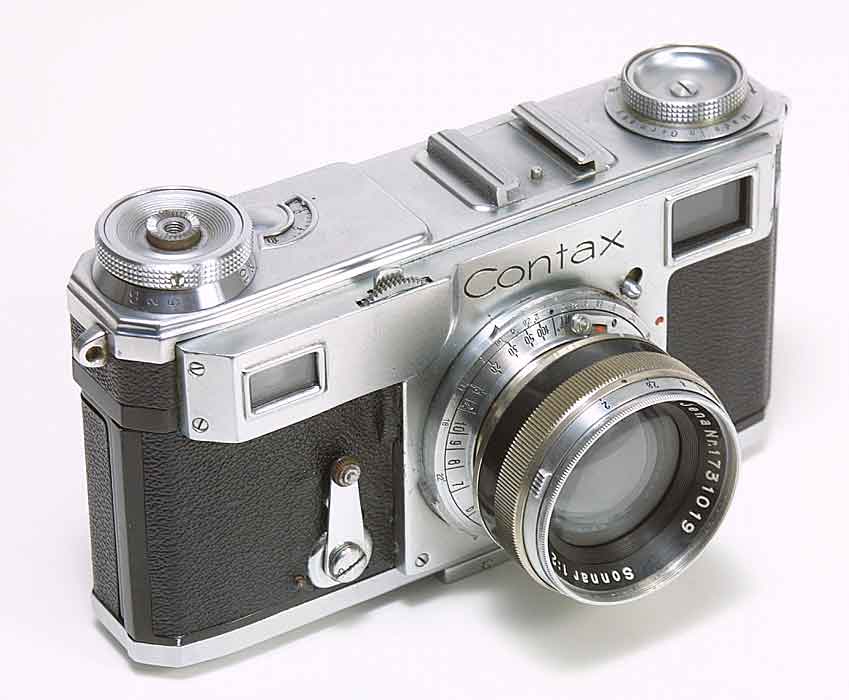 |
| A camera that Robert Capa has used during WWII |
 |
| ITALY. A group of German prisoners of war captured by American troops. July 1943. |
Unfortunately that is what happened to Capa's photographs of the Battle of Normandy on Omaha Beach (D-Day). A simple mistake done by the staff who was developing the images, due to pressure the proper procedure was broken, and it destroyed most of those photos, only 11 shots have survived out of 4 rolls of film.
Photographs of "D-Day"
 |
| Men of the 16th Infantry Regiment seek shelter from German machine-gun in shallow water behind "Chezh hedgehog" beach obstacles, Easy Red sector, Omaha Beach. |
 |
| Omaha Beach, several days after the landing. |
More of Capa's work of WWII
 |
| ITALY, Sicily, 1943. A member of the American medical corps treats a German prisoner of war. |
 |
| GERMANY. 1945. An American soldier killed during house to house fight against German troops. |
 |
| GERMANY. 1945. Near Wesel. German farmers fleeing their burning houses. |
Tony Vaccaro:
 |
| Tony Vaccaro |
Tony Vaccaro is a well known photographer, who was drafted to the U.S. army an sent to Europe during World War II, where he started his career as a photographer.
Vaccaro was motivated to take pictures of war to show the world how dreadful it was, as he thought that the people must know shocking reality of war.
Unlike Capa, Vaccaro had a completly different perspective of war, he despised Capa's words, describing the war as "Romantic".
Being involved in fights personally, seeing his friends and fellow soldiers being killed in front of him, Vaccaro captured every moment that he thought was important, despite being shot at. Even though he was not able to choose where to go to take photographs, he had a better position, than Capa, to capture war on the battlefront.
As a soldier, Vaccaro could only afford an 'Argus C3' camera, which was smaller and more efficient than the standard issued 'Speed Graphic' cameras by the army. The negatives were also processed by Vaccaro himself, using four soldier helmets with water and chemicals that he found in the ruins of a photo shop. It drastically increased a chances of them being damaged. An army had the right to destroy any photograph that the U.S. army thought should not be seen by public.
Vaccaro's work of World War II
Vaccaro was motivated to take pictures of war to show the world how dreadful it was, as he thought that the people must know shocking reality of war.
Unlike Capa, Vaccaro had a completly different perspective of war, he despised Capa's words, describing the war as "Romantic".
Being involved in fights personally, seeing his friends and fellow soldiers being killed in front of him, Vaccaro captured every moment that he thought was important, despite being shot at. Even though he was not able to choose where to go to take photographs, he had a better position, than Capa, to capture war on the battlefront.
 |
| The Last Surprise: German soldier killed in Ardennes. Dec 31, 1944 |
As a soldier, Vaccaro could only afford an 'Argus C3' camera, which was smaller and more efficient than the standard issued 'Speed Graphic' cameras by the army. The negatives were also processed by Vaccaro himself, using four soldier helmets with water and chemicals that he found in the ruins of a photo shop. It drastically increased a chances of them being damaged. An army had the right to destroy any photograph that the U.S. army thought should not be seen by public.
 |
| Argus C3, a camera that Tony Vaccaro called 'Black brick' |
Vaccaro's work of World War II
 |
| White Death |
 |
| 'The Last Step' Dec. 11, 1945- Vaccaro captured his buddy just before he was shot and killed. |
 |
| Hope for Humanity - a photograph taken after the liberation of France in 1944 |
Wednesday 2 October 2013
Photojournalism
Henri Cartier-Bresson
- Why is he famous?
- Why is his work significant in Photojournalism?
- Find and upload to your blog some work of theirs
- What Camera/Technique did he use
Photojournalism is a type of photography through which news are being told to the public, but it may not always be reliable without any supportive article.
Henri Cartier-Bresson has developed a style in street photography that is called 'The Decisive Moment' and is considered to be a master in candid photography.
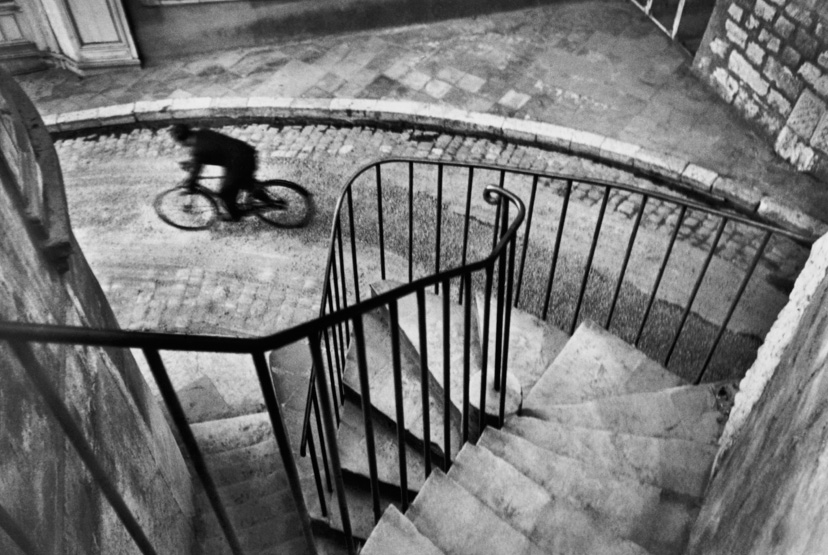 |
| Photo 1 |
He used Leica M4 or 3G with a preferred 50mm Elmar lens to take his photos.

More of his work:
Subscribe to:
Posts (Atom)




